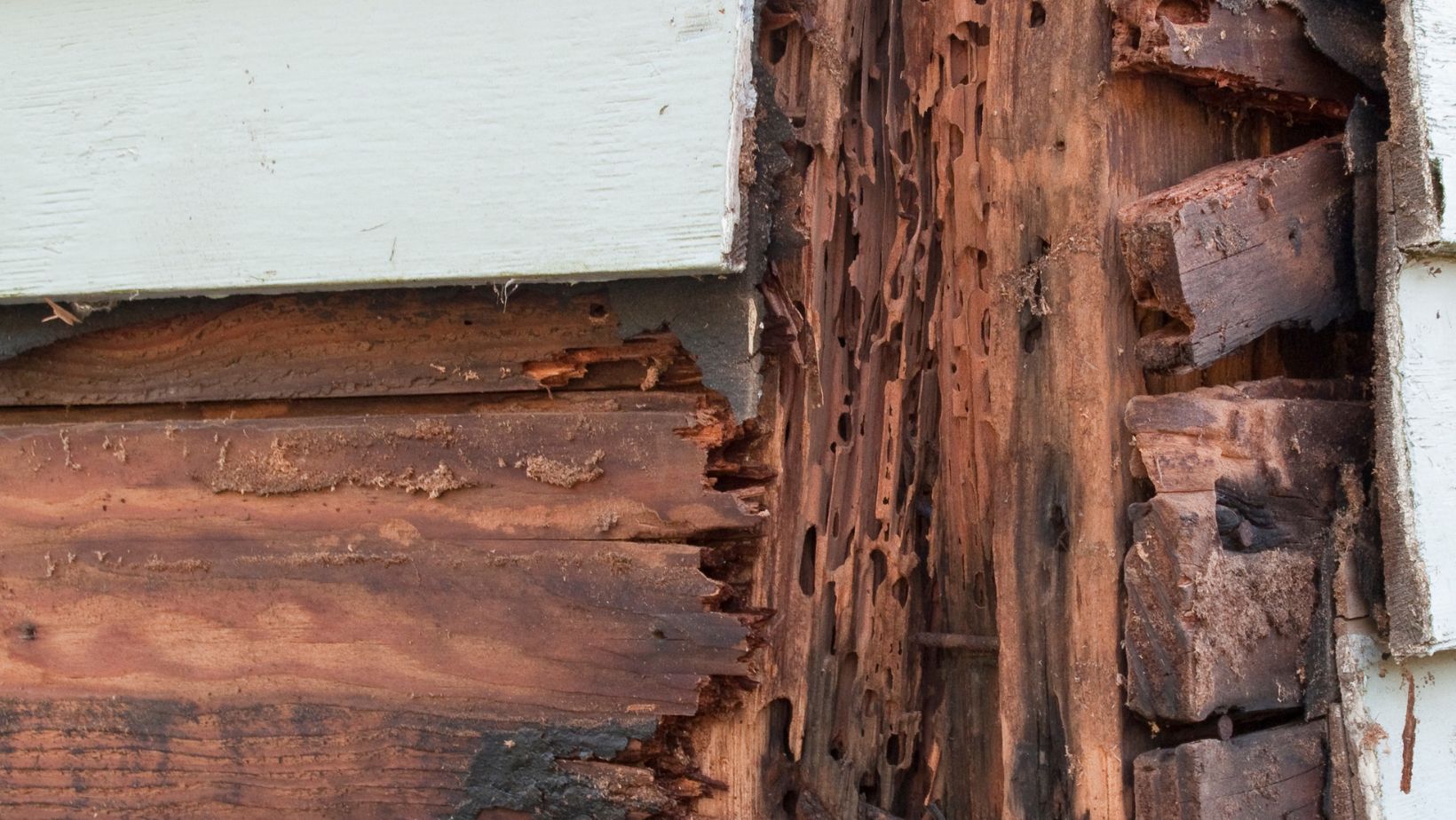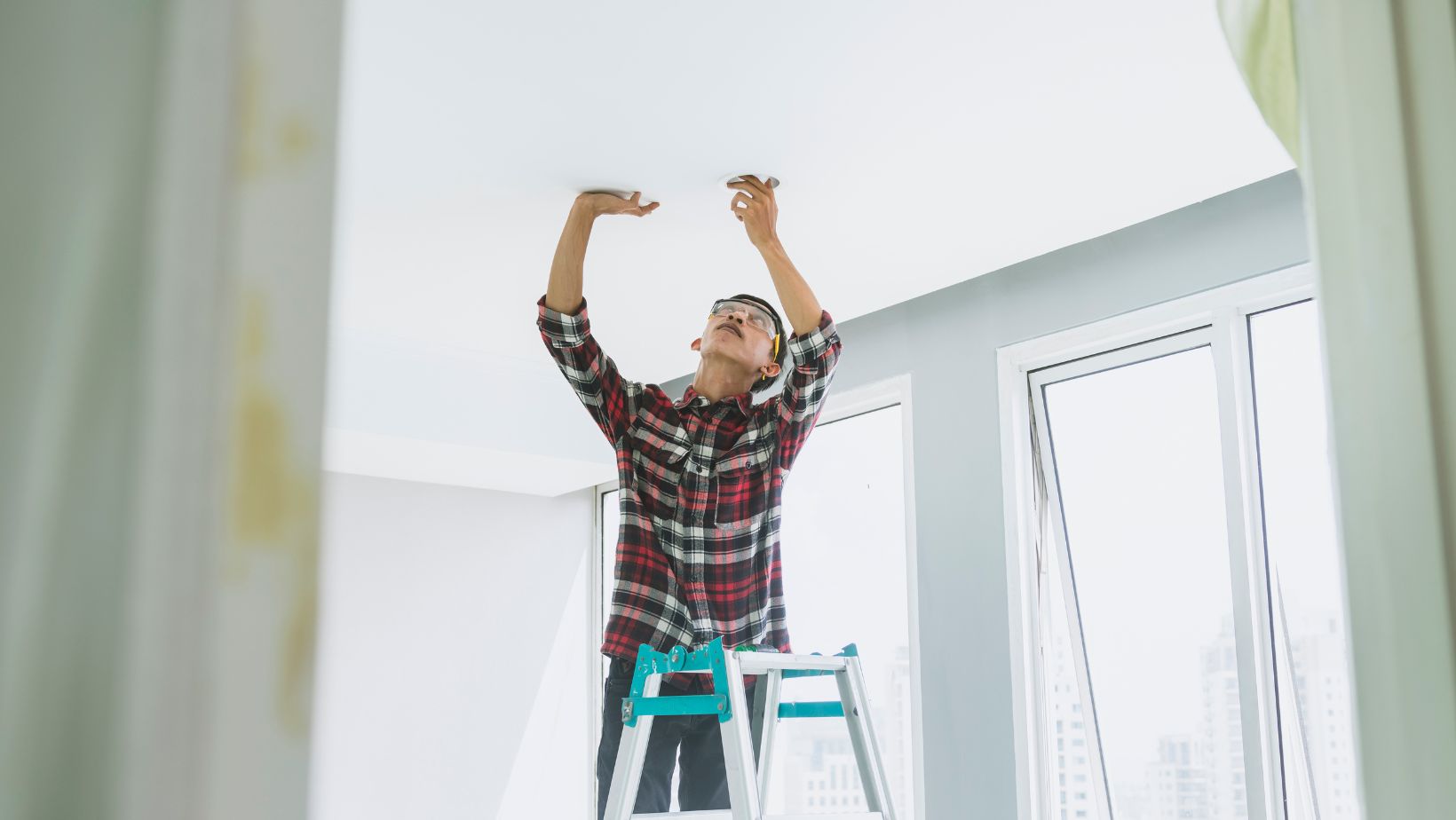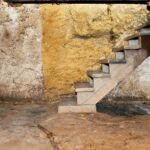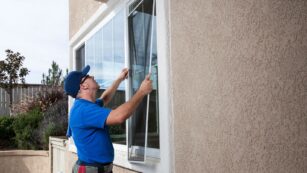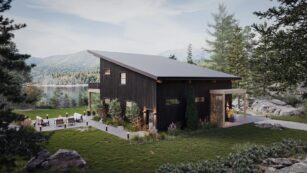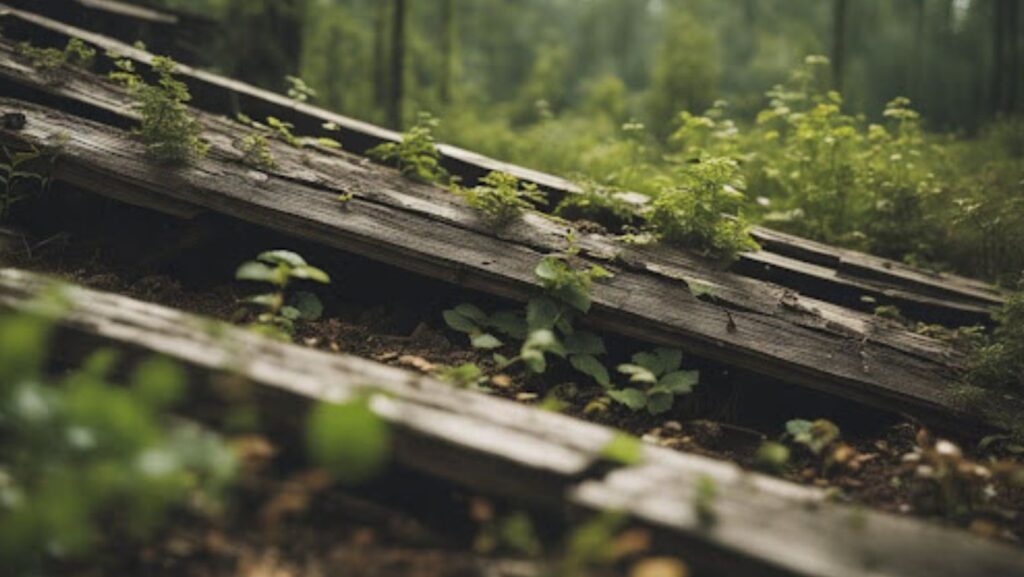
Wood rot can silently compromise a home, leading to extensive damage and costly repairs. Prevention is the best treatment for wood rot, as addressing moisture issues and performing regular maintenance can significantly reduce risk. Homeowners should be proactive in protecting their properties from this pervasive problem.
In regions like Seattle, where damp conditions prevail, understanding the factors that contribute to wood rot becomes crucial. Organizations such as Got Rot specialize in identifying and addressing dry rot, emphasizing the importance of timely intervention. By implementing preventive measures, homeowners can safeguard their investment and maintain the structural integrity of their homes.
Understanding Wood Rot
Wood rot is a significant concern for homeowners, stemming from biological decay that compromises structural integrity. Understanding its mechanisms and types is crucial for effective prevention and treatment.
The Science of Decay
Wood rot primarily results from fungi that feed on cellulose and lignin found in wood. These organisms thrive in moist environments, breaking down the wood structure. The decay process can lead to substantial damage if left untreated.
Moisture is essential for fungi growth, which is why areas prone to dampness are especially vulnerable. Temperature also plays a role; warmer conditions accelerate fungal activity. The decay progresses in stages, from initial discoloration to complete disintegration of wood fibers.
To prevent rot, maintaining low moisture levels is critical. Homeowners should also regularly inspect their homes for signs of excess water, ensuring proper ventilation and drainage systems are in place.
Common Types of Wood Rot
There are three main types of wood rot: wet rot, dry rot, and brown rot. Each type has distinct characteristics and conditions favorable for growth.
- Wet Rot: Typically occurs in high-moisture areas. It softens the wood and can create a musty odor.
- Dry Rot: Despite the name, it thrives in moist environments. It releases spores that can spread quickly, affecting large areas.
- Brown Rot: This type causes the wood to break down into a brown, crumbly texture. It primarily attacks hardwoods and leads to significant structural damage.
Homeowners in regions like Seattle need to pay attention to specific local conditions that may exacerbate wood rot risks.
Identifying Wood Rot in Your Home
Identifying wood rot early is essential to prevent extensive damage to a home. Knowledge of the initial signs and effective inspection methods can help homeowners take action promptly.
Early Signs of Wood Rot
Homeowners should look for specific indicators of wood rot. Common early signs include:
- Discoloration: Wood may appear dark or discolored, especially in areas that receive moisture.
- Soft Spots: Checking for soft or spongy areas in wooden structures can reveal compromised integrity.
- Cracking and Splitting: Look for cracks or splits in wood surfaces, which may indicate underlying rot.
- Fungal Growth: The presence of mold or mushrooms growing near wood can signal decay.
Immediate attention to these signs can prevent small issues from escalating into major repairs. Regular monitoring of wood surfaces in basements, attics, and around windows is advisable.
Inspection Tips
A thorough inspection can help detect wood rot effectively. Key strategies include:
- Visual Checks: Conduct regular visual inspections, especially after heavy rainfall. Examine wood in sheltered areas where moisture collects.
- Probe Testing: Using a screwdriver, probe suspected areas. If it penetrates easily, the wood may rot.
- Moisture Levels: Utilize a moisture meter to assess wood moisture content. Levels above 20% can encourage rot development.
- Professional Assessment: For significant concerns, consider hiring experts like Got Rot – Seattle Dry Rot Repair. They provide specialized assessments and remediation.
Consistent diligence and employing these inspection techniques will help maintain the home’s structural integrity.
Prevention Strategies
Effective prevention of wood rot involves a combination of protective measures and routine maintenance practices. These steps not only safeguard the structure but also reduce repair costs and enhance longevity.
Protective Measures
Choosing the right materials plays a critical role in preventing wood rot. Pressure-treated wood and rot-resistant species such as cedar and redwood are excellent choices for outdoor projects.
Proper drainage systems, such as gutters and downspouts, will direct water away from the foundation. This mitigation reduces the potential for rot, particularly in regions like Seattle, where rainfall can be substantial. Regularly checking these systems for blockages ensures their effectiveness.
Maintenance Ideal Practices
Regular maintenance can significantly reduce the risk of wood rot. Homeowners should conduct routine inspections of wooden structures, focusing on high-risk areas such as basements, attics, and window frames.
Keeping gutters clean prevents water accumulation. Furthermore, ensuring proper ventilation in attics and crawl spaces helps maintain lower humidity levels.
If any wood shows signs of moisture damage or rot, timely repairs are crucial. Employing professional services for Seattle dry rot repair ensures thorough inspection and remediation. Regularly reapplying sealants and stains to outdoor wood surfaces can also extend their lifespan and further prevent rot.
Professional Repair Solutions
Investing in professional repair solutions ensures that wood rot is addressed effectively. Selecting a qualified contractor and understanding the repair process are crucial steps in restoring the integrity of a home.
Choosing the Right Contractor
Selecting an experienced contractor is essential for effective wood rot repair. It’s important to research local experts like Got Rot in Seattle, which is known for their specialized dry rot repair services.
A qualified contractor should conduct a thorough assessment before starting any work. This includes examining affected areas and identifying the source of moisture, which is often the root cause of rot.
Repair Process and Expectations
The repair process typically involves several distinct steps. After an initial assessment, the contractor will recommend a course of action, which may include:
- Removal of Affected Wood: Damaged wood is cut out and disposed of properly.
- Treatment of Surrounding Areas: Chemical treatments may be applied to prevent future rot.
- Replacement: New, treated wood is installed to replace the removed sections.
Homeowners should anticipate disruptions during repair work. Timelines can vary based on the extent of the damage, but a reliable contractor will provide updates throughout the process. Communicating expectations helps ensure a smoother experience and minimizes surprises. For comprehensive results, utilizing specialized services like Seattle Dry Rot Repair is beneficial.

